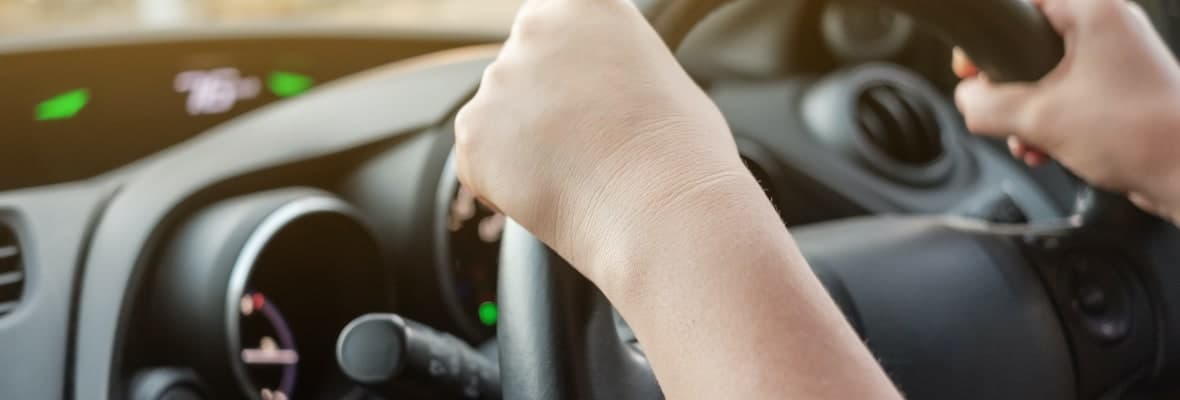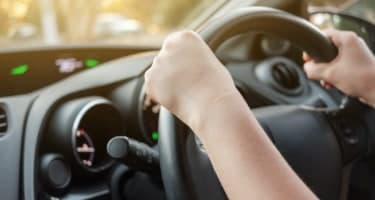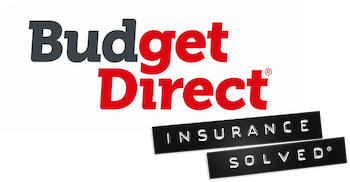Related articles
- Distracted driving facts
- 5 simple ways to make your car safer
- How to safely share the road with non-motorists
- 9 tips for staying safe in service stations
- Child car seat laws and regulations
- How to reduce the risks to children of reversing cars
- Licensing of older drivers in Australia
- The must have car safety features in modern cars
- What cars have ISOFIX in Australia?
- ANCAP safety ratings explained
- How to reverse park
- How to Avoid or Minimise Hail Damage to Your Car
- School road safety tips for families
- Staying safe in your car
- Using mirrors correctly to eliminate blind spots
- How to choose, install & adjust your children’s car seats
- Driving safety tips
- Give way rules - Who goes first?
- Sharing the road safely with heavy vehicles
- Do you know your road signs?
- What to do after a car accident
- What you should do in the event of a crash with wildlife
- How to drive safely in wet weather
- Why are young drivers considered high risk?
- Which Australian state has the strictest road rules?
- 10 Obscure road rules you didn’t know existed in Australia
- Which states and cities in Australia have the most motor vehicle thefts?
- Learner Driver Restrictions Australia
- Learning How to Drive
- Supervising a Learner Driver: What are the rules?
- Electric Scooter Laws in Australia
Disclaimer: This information is general in nature only. While Budget Direct has endeavoured to ensure the information we’ve relied on is accurate and current, we do not guarantee it. Budget Direct accepts no liability for this information.
For teenagers, a learners licence is a step towards getting their P-plates and the extra freedom and independence that comes with them.
But the statistics are sobering: Teen drivers have the highest crash risk of any age group.
Drivers aged 17–25 represent 10–15 per cent of all licensed drivers but are involved in one out of every four road deaths in Australia [1].
For example, a 17-year-old with a P1 licence is four times more likely to be involved in a fatal crash than a 26-year-old with a full licence [1].
As a parent, you have an opportunity to play an active role in your teenager’s driving lessons.
Here are nine road safety tips to share with your teen to encourage them to be better, safer drivers.
1. Wear your seat belt
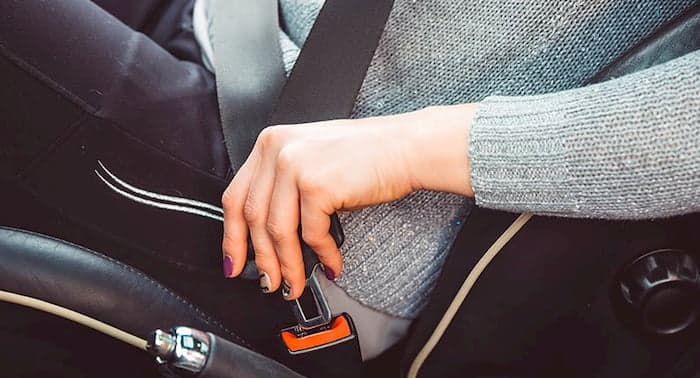
Insist that your teen always wears a safety belt, even for short trips to the shops.
According to the Centre for Accident Research and Road Safety in Queensland, you’re 10 times more likely to be killed in a road crash if you’re not wearing a seat belt [2].
Seat belts work because they distribute forces from a crash across the chest and pelvis, some of the strongest parts of the body.
So that belt could mean the difference between getting a few bruises versus your body flying into the windscreen.
2. Put the mobile phone away
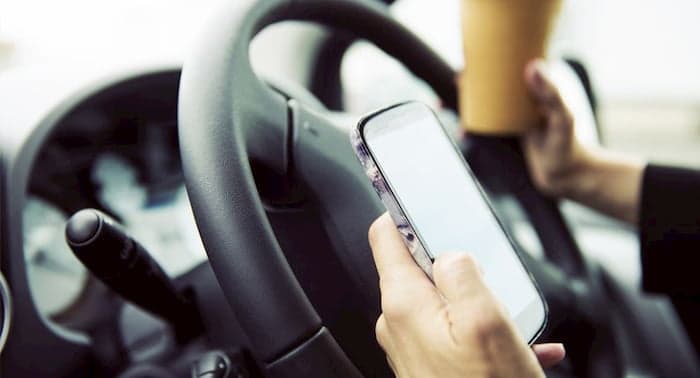
Learner and P drivers aren’t allowed to use mobile phones at all while driving.
The physical, visual and cognitive distraction of phones leads to unsafe driving and increases the odds of a crash.
Before starting the car, have your driver-in-training switch off his phone and put it out of reach.
If they need to use the phone, teach them to stop and park, so the phone won’t be a danger to themselves or to other road users.
According to researchers, mobile phone distraction is one of the main causes of road accidents, accounting for approximately 1 in 4 crashes [3].
Remind your teen it’s their job to watch the road when driving, and that no one else can do it for her.
3. Stick to the speed limit
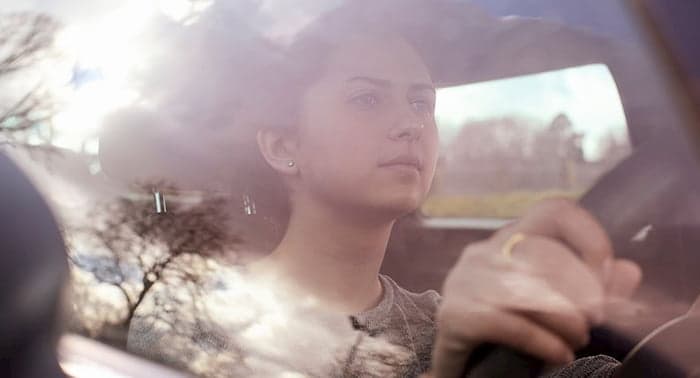
Speeding is the biggest killer of young drivers.
Remind your teen there’s no pressure to keep up with other vehicles in traffic.
Keeping to the speed limit will not only reduce the risk of an accident, it’ll also help your child avoid demerit points, fines and licence suspensions.
4. Check your blind spot every time
Side and rear mirrors do a reasonable job of showing what’s happening behind and to the side of the vehicle.
However, they still leave unsighted areas big enough for other cars, bikes and people to ‘hide’ in.
That’s why you should teach your teen driver to turn their head and physically check these blind spots, for example when changing lanes.
Get them to practice this until it becomes second nature to them.
As an added precaution, show them how to adjust the car’s side mirrors to eliminate the blind spots or buy and install special blind spot mirrors.
5. Don't drive in someone else's blind spot
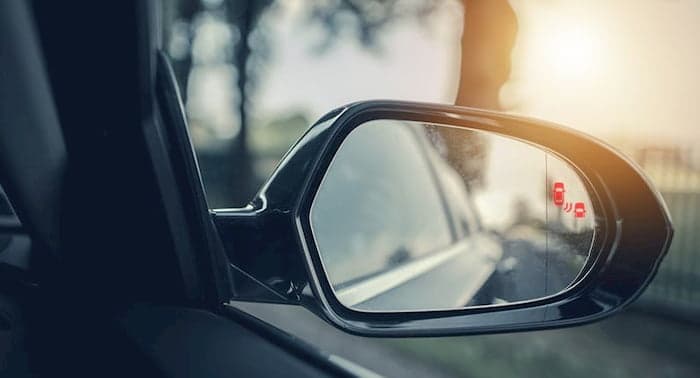
Teens should be aware of not only their vehicle’s blind spots, but also other vehicles’.
If they’re loitering slightly behind and to the left or right of the car in front, there’s a chance the driver of the other car might not see them there.
Your teen should either pull alongside or in front of the other car or drop back until he can see the face of the other driver reflected in their car’s rear-view mirror.
6. Don't drink and drive
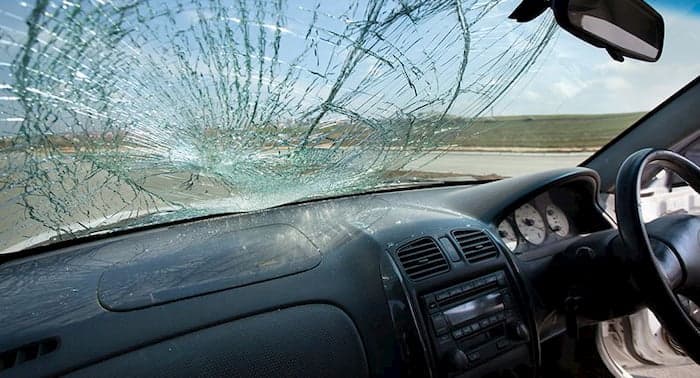
It’s easy to avoid the issue of alcohol and drugs, but turning a blind eye won’t make it go away.
In Australia, learner and probationary licence holders cannot have any alcohol in their bloodstream while driving.
To this end, you and your child should set some expectations regarding drinking and driving.
Establish firm rules and stick to them.
7. Sleep, then drive

Your teen may be smart enough not to drink and drive, but did you know that driving when you’re sleepy can be just as dangerous as driving while drunk?
Sleepiness impairs a person’s attention, working memory and coordination skills — all crucial for safe driving.
Back in 2016, roughly 10 per cent of crashes were caused by fatigued driving [4].
“Young drivers don’t view the dangers of drink driving and sleepy driving equally, despite the crash risks being similar,” Mr Watling says.
Teach your teen to recognise the warning signs of drowsiness behind the wheel, including daydreaming, difficulty focusing, frequent blinking, heavy eyelids and trouble keeping your head up.
Let them know it’s OK to pull over for a 20-minute power nap to revive themselves.
8. Turn on your headlights
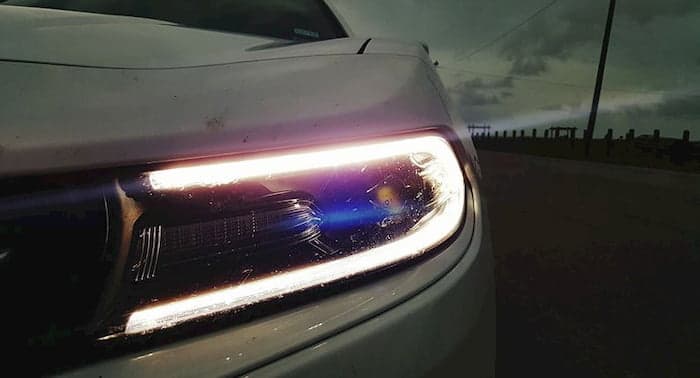
While it’s an obvious thing to do at night, having your headlights on during the day can make it easier for other drivers to see you.
This can be particularly helpful when other motorists’ vision is impaired by sunlight in the early morning or evening.
As road safety campaigner Clive Matthew-Wilson points out: “You can’t control the other drivers on the road. However, by having your lights on during the day, you can make sure other drivers see you before a collision takes place.”
9. Take fewer passengers
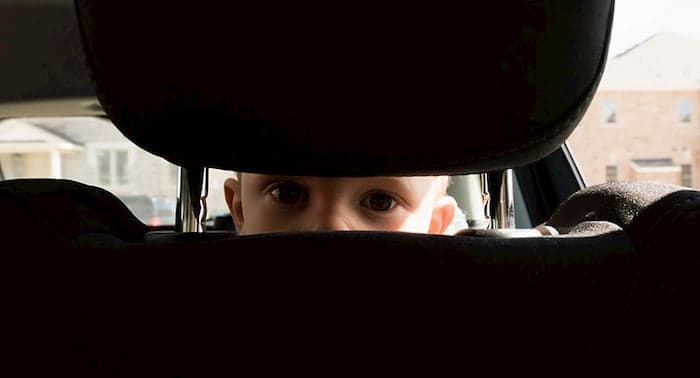
You’ve worked hard to instil good driving habits in your teen.
But once they start ferrying friends around, they may become more distracted or start taking more risks than normal.
For example, they might be tempted to show off to their mates by speeding.
In Australia, the odds of a provisional driver crashing increase about 1.5 times when carrying one passenger, and about 2.5 times when carrying three or more passengers [5].
That’s why different states have restrictions on the number of peer-aged passengers novice drivers can carry.
Make sure your child is familiar with these laws.
Sources
1. https://www.youngdriverfactbase.com/key-statistics/
2. https://research.qut.edu.au/carrs-q/wp-content/uploads/sites/296/2020/06/Seat-belts.pdf
3. https://research.qut.edu.au/carrs-q/wp-content/uploads/sites/296/2020/06/Mobile-phone-distraction-FINAL.pdf
4. https://www.budgetdirect.com.au/car-insurance/research/car-accident-statistics.html
5. https://growingupinaustralia.gov.au/research-findings/annual-statistical-reports-2018/risky-driving-among-australian-teens
Related articles
- Distracted driving facts
- 5 simple ways to make your car safer
- How to safely share the road with non-motorists
- 9 tips for staying safe in service stations
- Child car seat laws and regulations
- How to reduce the risks to children of reversing cars
- Licensing of older drivers in Australia
- The must have car safety features in modern cars
- What cars have ISOFIX in Australia?
- ANCAP safety ratings explained
- How to reverse park
- How to Avoid or Minimise Hail Damage to Your Car
- School road safety tips for families
- Staying safe in your car
- Using mirrors correctly to eliminate blind spots
- How to choose, install & adjust your children’s car seats
- Driving safety tips
- Give way rules - Who goes first?
- Sharing the road safely with heavy vehicles
- Do you know your road signs?
- What to do after a car accident
- What you should do in the event of a crash with wildlife
- How to drive safely in wet weather
- Why are young drivers considered high risk?
- Which Australian state has the strictest road rules?
- 10 Obscure road rules you didn’t know existed in Australia
- Which states and cities in Australia have the most motor vehicle thefts?
- Learner Driver Restrictions Australia
- Learning How to Drive
- Supervising a Learner Driver: What are the rules?
- Electric Scooter Laws in Australia
